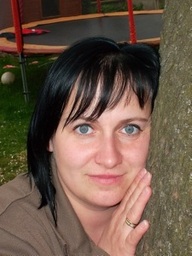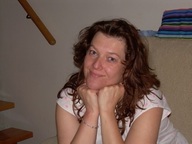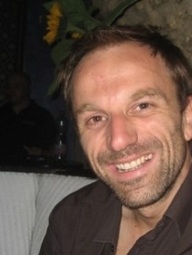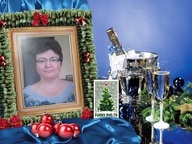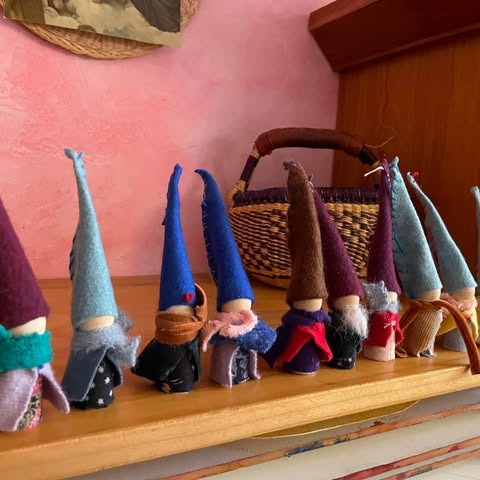
Shining Star School
We offer Waldorf education for children ages 3 to 14 in NE Portland, Fridays are outdoors year round Shining Star School seeks to create an inner Portland program to meet the academic, artistic, and social needs of families (children and parents) with the goal of Accessible Waldorf Education.

ICO
201103586
3200
Web
Sign in to see organisation website
Address
Portland
Shining Star Waldorf School Providing an accessible Waldorf education to families in the Portland area while imbuing purpose and direction for head hands and heart. We offer traditional Waldorf arts music and handwork with a talented and diverse group of dedicated teachers of the highest caliber who care deeply about their work and the children. Shining Star Waldorf School welcomes all students and their families and does not discriminate based on race national or ethnic origin color sex religion sexual orientation gender identity or expression marital status familial status economic status or disability in any of its educational programs. Our school is committed to ever expanding our collective community learning and practice around social justice equity inclusion and diversity.
From Social media
News about from their social media (Facebook and X).
Data about organisation
Kindergarten, Nursery Schools, Preschool, Early Admissions Category
Organisations with similar rank to Shining Star School in category Kindergarten, Nursery Schools, Preschool, Early Admissions

Camellia Waldorf School was founded in 1989 and is an independent school, Pre-K through 8th Grade.
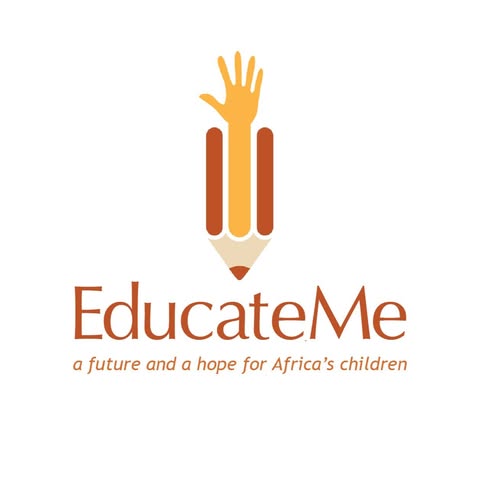
EducateMe partners with quality schools in Africa and identifies capable children in poor communities that cannot afford the cost of school.

We offer Waldorf education for children ages 3 to 14 in NE Portland, Fridays are outdoors year round.
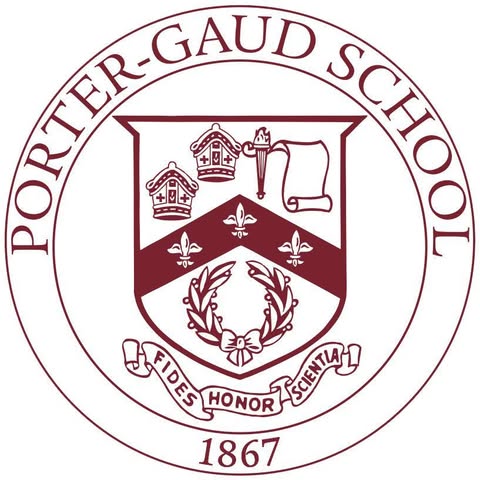
249. Oquinn Schools of Porter-Gaud
Porter-Gaud is an Episcopal, coeducational, independent, college preparatory day school.

250. CRISPUS ATTUCKS ASSOCIATION OF YORK PENNSYLVANIA
Since our founding in 1931 in York City to meet the social and educational needs of African Americans who would not be served elsewhere, we have expanded our wholistic programs to help all people learn, work, and thrive.
Portland
Organisations from Shining Star School

521. PORTLAND RUGBY FOOTBALL CLUB
Founded 1961, The Portland Rugby Club is part of USA Rugby and currently fields Men's Club D2 & D3 teams, a Women's D2 team, 7s teams, and an Old Boys side.
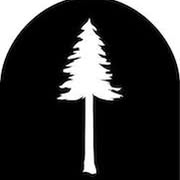
522. Friends of Lone Fir Cemetery
Friends of Lone Fir Cemetery is an all-volunteer, 501(c)(3) organization dedicated to education, pre.

We offer Waldorf education for children ages 3 to 14 in NE Portland, Fridays are outdoors year round.

524. Path Home (Formerly PHFS)
Path Home empowers families with children to get back into housing and stay there.
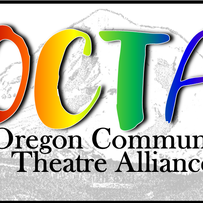
Foster, enhance and promote an interest in community theatre, strengthen cooperation and solidarity.
Similar organisations
Similar organisations to Shining Star School based on mission, location, activites.
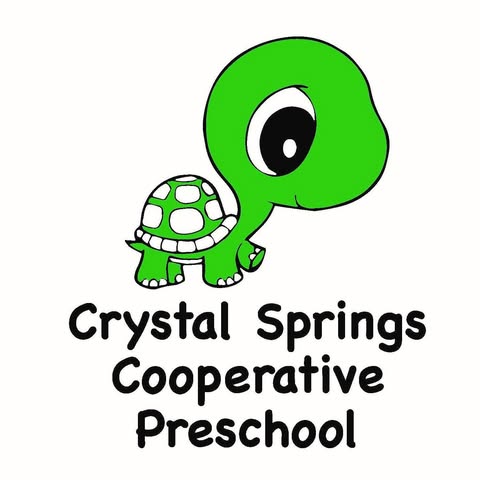
A preschool serving families with toddlers to pre-K (ages 1 to 5 years) in Mill Creek, Bothell, Woodinville, Lynnwood and the surrounding communities.

A co-operative, nature-based preschool fostering a lifelong love of learning in our children.
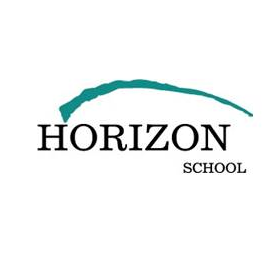
Horizon School is a private non-profit school located in the Richmond Beach community of Shoreline.

A Waldorf Cooperative focusing on nurturing our children’s minds, bodies, and souls.
Similar Organisations Worldwide
Organisations in the world similar to Shining Star School.

STEINER WALDORF SCHOOLS FELLOWSHIP LIMITED (uk)
Waldorf UK is the national representative body for Steiner Waldorf education in the UK.

THE HALTON WALDORF SCHOOL (ca)
AWSNA-member Waldorf school serving the Halton region.

CALGARY WALDORF SCHOOL SOCIETY (ca)
This is the official page of the Calgary Waldorf School.
Interesting nearby
Interesting organisations close by to residence of Shining Star School

We offer Waldorf education for children ages 3 to 14 in NE Portland, Fridays are outdoors year round.

TPP helps school districts grow strong early learning programs centered in playful learning.
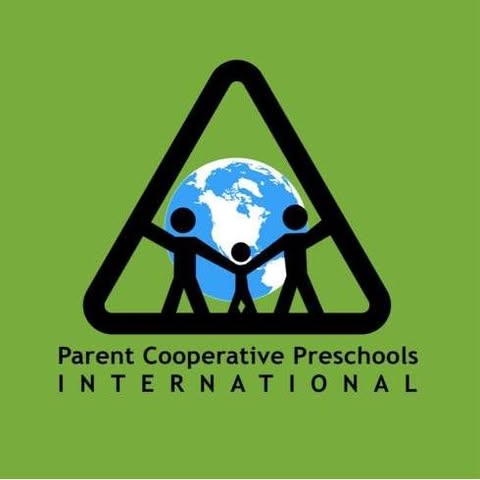
Parent Cooperative Preschools Intl
Founded in 1960.
Similar social media (3200)
Organisations with similar social media impact to Shining Star School
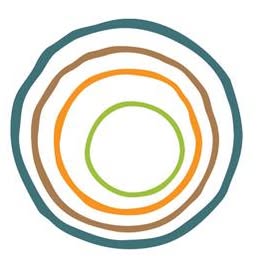
101393. Waldorf School at Moraine Farm Inc
Progressive school cultivating creative thinkers and problem solvers on Boston’s North Shore for 38 years.
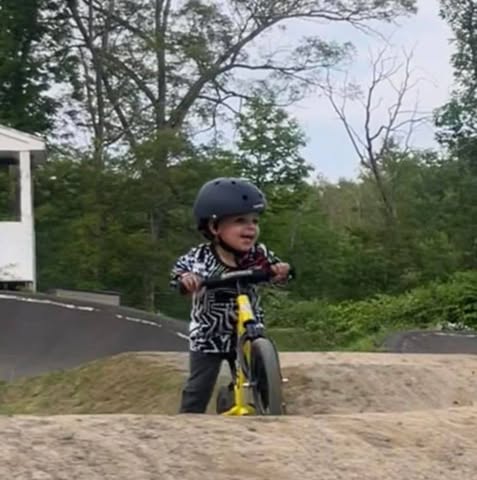
Bicycling for the entire family.

We offer Waldorf education for children ages 3 to 14 in NE Portland, Fridays are outdoors year round.

Take the Next Step is a nonprofit Family Resource Center serving Monroe and surrounding areas.
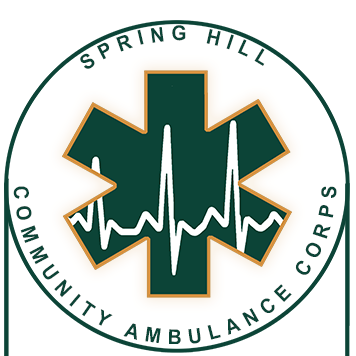
101397. Spring Hill Community Ambulance Corps Inc
https://events.
Join us and make a difference for the future!
Sign Up
Please fill in your information. Everything is free, we might contact you with updates (but cancel any time!)
Sign in with GoogleOr
Good News
🌍💚 Exciting news! Envision Energy has just been awarded the "AI for Sustainability Excellence" at the Reuters Global Sustainability Awards 2025! Their commitment to green technology is an inspiration for us all. Let’s support innovations that contribute to a sustainable future! #Sustainability #GreenTech
Envision Energy Honored with "AI for Sustainability Excellence" at Reuters Global Sustainability Awards 2025
Benzinga
Like Comment🌟 Exciting news! The Prostate Cancer Foundation has honored Dr. Maha Hussain with the first Women in Science Lifetime Achievement Award! 🎉 Her groundbreaking research and dedication to mentoring the next generation of scientists are truly inspiring. Let’s celebrate the impact she’s making in the fight against prostate cancer! 💪💙 #WomenInScience #ProstateCancer #Inspiration
Prostate Cancer Foundation Honors Maha Hussain, MD, FACP, FASCO, Recipient of the First PCF Women in Science Lifetime Achievement Award
StreetInsider.com
Like Comment

